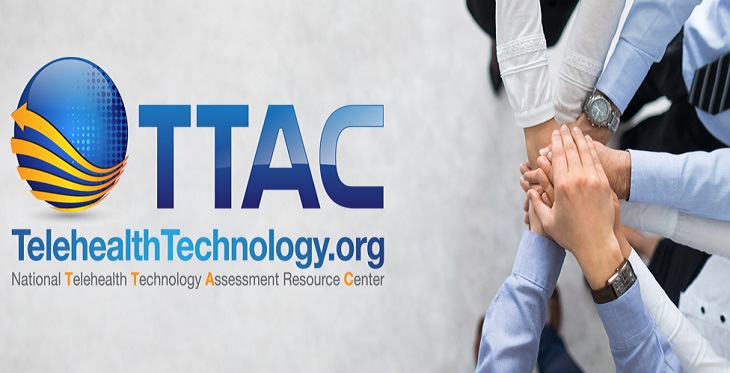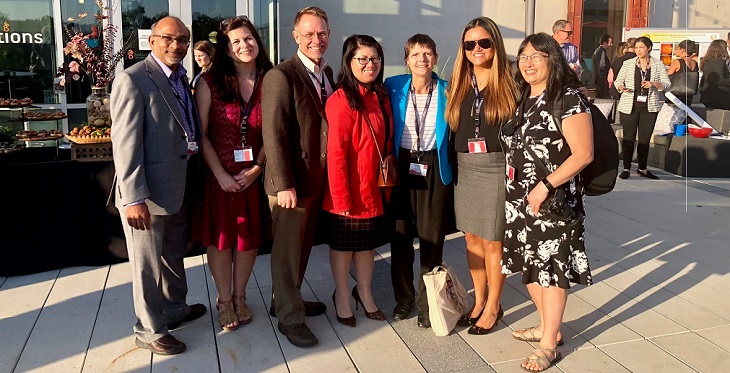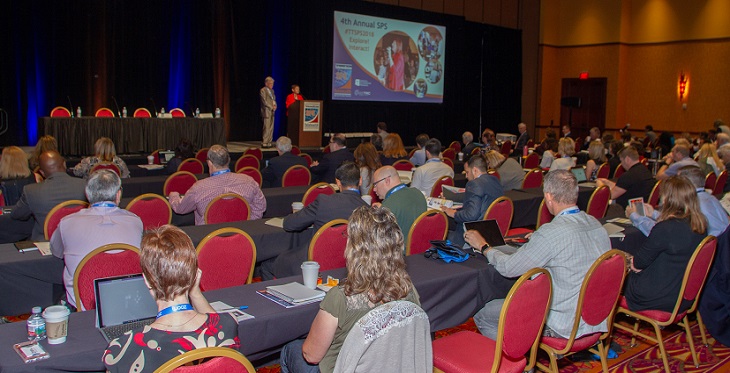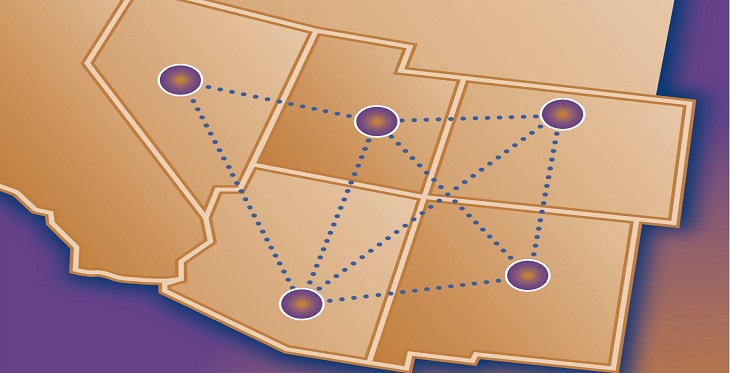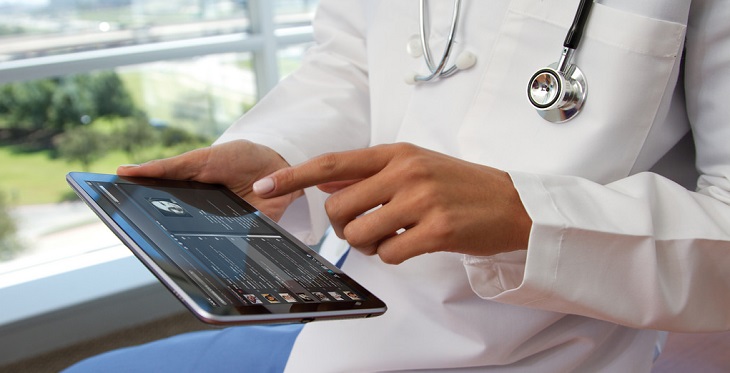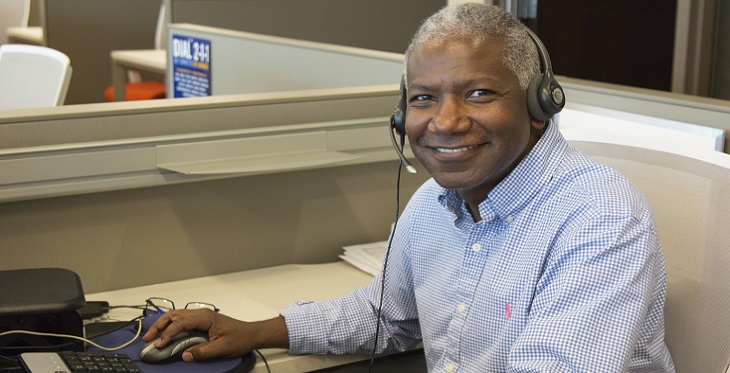Challenges to Expect In Telemedicine App Development
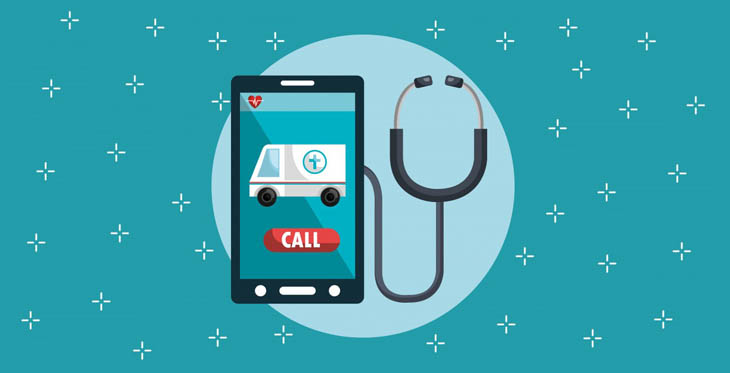
The healthcare industry seems to be booming by leaps and bounds – in good part due to Telemedicine app development. More and more organizations are seeking different ways, such as e-healthcare, to reduce costs and improve patient care. Being a subset of telehealth, telemedicine uses a broad range of modern technologies and specializes in providing medical services from a distance with the help of software and communication tools.


